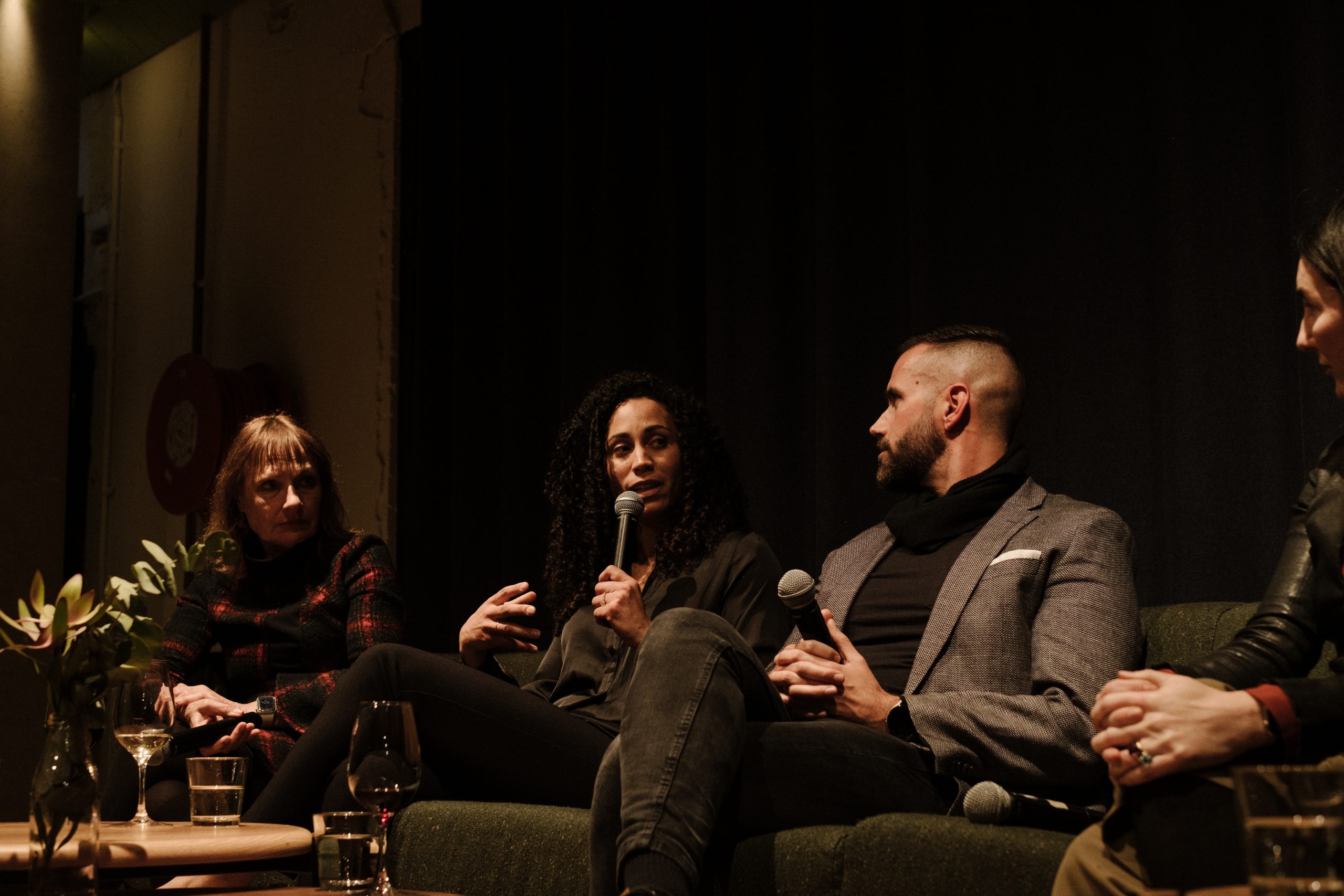Redesigning the Housing System: Part I
Australia’s housing system impacts different people in both advantageous and adverse ways – but how can we achieve a fairer system for all, and what promising solutions exist today to illustrate that change is possible?
As part of Melbourne Design Week 2023 presented by the National Gallery of Victoria, Assemble Papers brought together leaders across the housing sector to ask them: How can we redesign a more equitable system? From innovative pilot projects to untapped capital flows, our editor Sophie Rzepecky sat down in conversation with change-makers in the housing field to discuss the possibilities to influence wider systemic change.
This retrospective interview has been edited and condensed for clarity.
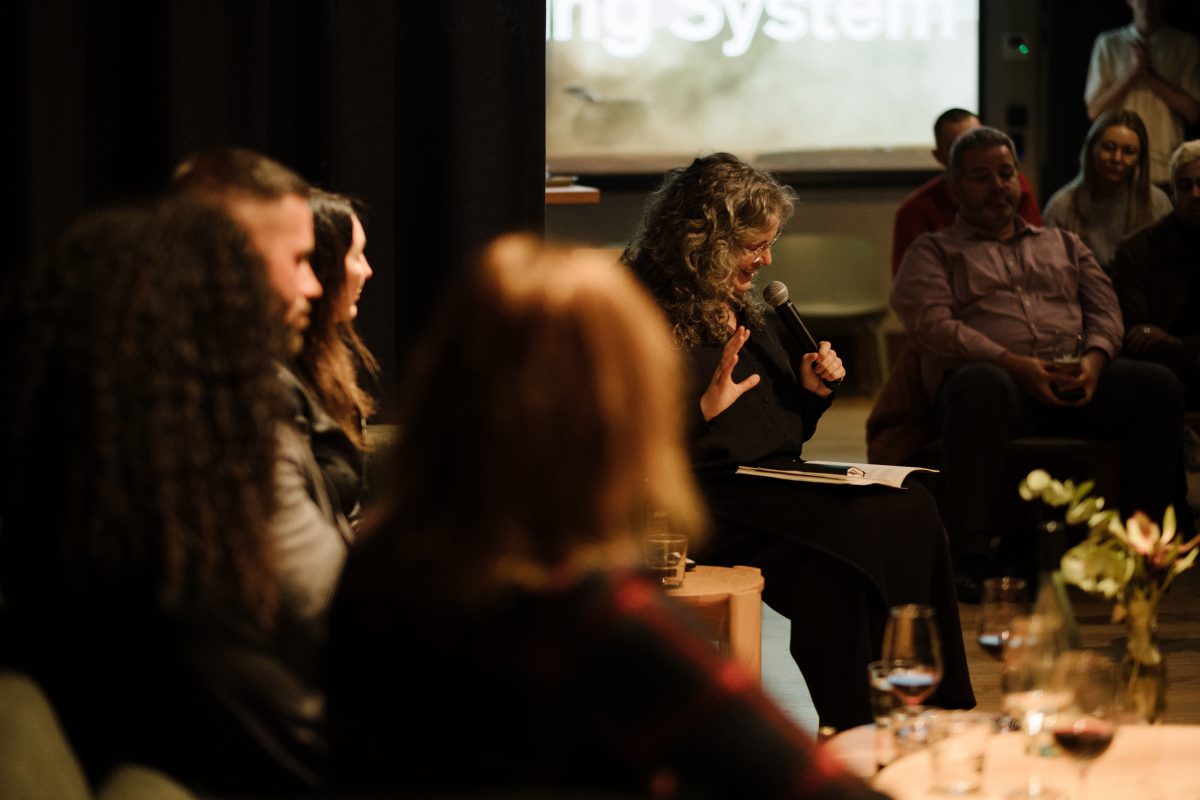
Sophie: Stephen, could your start by telling us about Head Start Homes, the services you provide and how it creates access to home ownership for the people you’re working with?
Stephen: The mission of Head Start Homes is about realising safe and stable homes for everyone with very practical pathways into homeownership. I grew up in social housing, and I understand the imperative need to have a social housing system that works. But at the same time, we really need a system that provides incentives and equal access to homeownership so that everyone has that right to homeownership; that’s what we truly believe in at Head Start Homes. For us, hope is the engine room behind what we do, and magic happens when people are empowered with an opportunity that they might not otherwise have.
We believe that empowered individuals make the best decisions for their own lives and our job is to help provide the education, support and references in order to make that happen. We offer a range of products and services to empower our clients; our Recycling Guarantee was created to help get over the well-known deposit barrier to homeownership, our Empowerment Services enables our clients with mortgage-ready knowledge needed to overcome the ‘know-how’ barrier to purchasing, and our free Property Coach answers all our client’s property-related questions about the homes they’re looking to sign the deed on. And so, our home ownership pathway and services take our clients from the initial stages of understanding the basics of their finances all the way through to purchasing the right home for them.
We’re seeking to empower those people that would never get into home ownership, and that’s important for us. Around 82% of our home owner clients are First Nations, of which most of them are single parents. It’s critical for us to support them, and to see the ripple effects from what we do for them is phenomenal. A recent client of ours Charlene never thought homeownership was possible. Once she knew it was and she started on our savings plans, everything changed. She got a promotion at work, she took on more hours, and she saved more towards a home deposit. With our assistance, Charlene moved into her own home in 2020 and consequently freed up her place in social housing for a homeless First Nation’s mother who was reunited with her five kids.

“Our vision is for a“safe and stable home for everyone, with fair and practical pathways to home ownership” in order to help to end intergenerational poverty and homelessness.“
Stephen Woodlands, CEO and Founder of Head Start Homes
Sophie: How do you find your clients and how has your services evolved over time?
Stephen: Originally, we only worked with social and affordable housing tenants and now we work alongside Community Housing Providers and their tenancy managers.
We have noted though that there’s a dire need for people in private rental who require support too. Unfortunately, we’re seeing mounting hardships for private renters who are in a much worse position nowadays given what’s happening with rental rates and a lack of social or affordable housing. Considering this, we’ve now opened our services to people in private rentals who are struggling and meet the income thresholds that would otherwise enable them to get into social and affordable housing.
To get in touch and to understand our services, you can go to our website and do an expression of interest – it takes two minutes. From there, one of our team will support you on their journey and make sure that you’re on the right track.
Sophie: Charlotte, the YWCA has worked with Housing All Australians to redevelop some vacant buildings across Melbourne and to set up pop-up shelters and transitional housing. Can you tell us a little bit about that project and what the impact has been?
Charlotte: The YWCA’s ultimate focus is around long-term housing solutions for women and their families, and we’ve seen some significant investment in previous years. But to take advantage of that investment and to bring these properties online takes time. In the interim, we’ve explored solutions to fast-track temporary housing into the system.
We’ve worked with Housing All Australians and what they do is they identify vacant and underutilized commercial buildings that will remain vacant for a few years while the owner is waiting for plans to redevelop or figure out what they’ll do next. They tap into their private sector network in the construction and development industries to coordinate all the trades, consultants and experts who donate their time, services, materials, and expertise pro bono to refurbish and upgrade these vacant commercial buildings into temporary liveable dwellings for women.
There are two projects we’ve delivered with Housing All Australians – one is a vacant office building in Box Hill and the other is a redundant aged care facility in South Melbourne. Both have been upgraded and refurbished, and now collectively house 44 women all over the ages of 50 years old – the oldest being 74 years old. The first few years of operation have been quite successful as we’ve housed over a hundred women and had over 80% moving into more positive, long-term housing outcomes. These transitional housing projects provide these women time to catch their breath and start to heal from trauma that they may have experienced. They can start to plan and take next steps towards any goals that they might want to achieve; they might be re-entering the workforce, undertaking training or education, or they might just be taking time to enjoy an affordable place to live that’s safe and warm.
This approach does have a few challenges that you need to work around – particularly with supply chain issues, increasing costs, and a general stretch on resources across the board. We’ve run the feasibility and if we were to extend the leases for three to five years, it makes it viable for us to invest our own money into these upgrades. Ultimately, this means that this model could be replicated and scaled at whatever level you want.
“With this approach to temporary housing that relies on pro bono work, it’s a way to get a rapid injection of temporary housing into the system.”
Charlotte Dillon, General Manager of Housing, YWCA
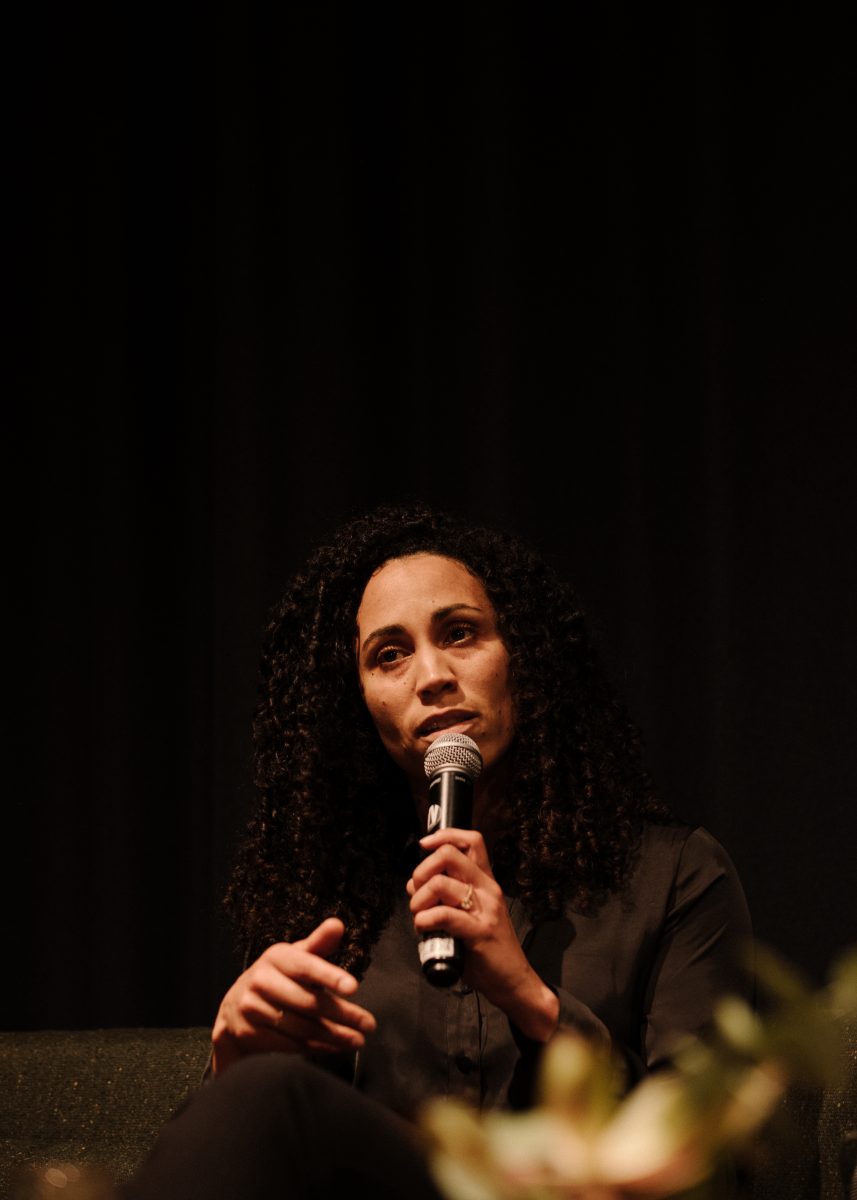
Sophie: What then is the role of private development and supportive action towards transitional stable housing? What more could be done or how could that be sort of scale could be possible?
Charlotte: The YWCA undertook those projects when there were significant profits being made within the construction sector. Housing All Australians were able to work with a primary builder as part of a development that they’re doing and, upon signing up the trades to that development, would negotiate certain requirements that they’d commit certain people and works to the site. Whilst delivering successful housing outcomes for these women and being readily scalable, this model relies on pro bono or low bono work which isn’t feasible and sustainable at this point in time.
Sophie: Interesting.
Women’s Property Initiative is focussed on women over 55 as one of the fastest growing cohorts of homelessness here in Australia. Jeanette, can you speak to your Older Women’s Housing Project in Beaconsfield and how your model came about?
Jeanette: It is well-known the gendered inequality of lifetime wealth generation and why women get to the later stages of life without money behind them to get into home ownership. Back in 2013, Women’s Property Initiative did a vast amount of research around this older cohort and what came to light was that there were older women renting privately with some assets behind them – maybe on average around $200,000 or so. This wealth made them ineligible for social housing but they were also unable to get a mortgage given their age, therefore their lifetime savings were being depleted in the private rental market. We thought that there must be a way that these women could invest that money into a property in some way so they had safe, secure, affordable housing on their own and into their old age. That stability was reported as being incredibly important to these older women and there was tremendous anxiety about what would be happening to them in the future.
We found out that there could be a viable model if they lent us their savings to go towards our model and pilot project– the Older Women’s Housing Project. Here, WPI bought the land in Beaconsfield, contributed the rest of the cost of construction, paid the rates and maintenance, and employed our own tenancy property managers. These units are well-designed and beautifully designed by Studio Bright to gold liveable standards as single bedrooms with a flexible space included so that these women could age comfortably in place. When the women choose to leave the property, they get the full amount that they’ve invested back plus the Reserve Bank interest rate plus their 25 basis points. Ideally, this model would mean preserving the money that they’ve invested, and they can leave at any time they choose with their money refunded.
We’re hopeful about wider roll-out of our model and we’re speaking to government to see if it can be scaled up in the future because it’s needed and it’s quite preventative. It’s providing the women with safe, secure, affordable housing that we all know is important for their emotional health, their mental health, and their financial stability, and so that they’re not depleting funds that they’ve saved over their lifetime in a society that still doesn’t have gender equality.
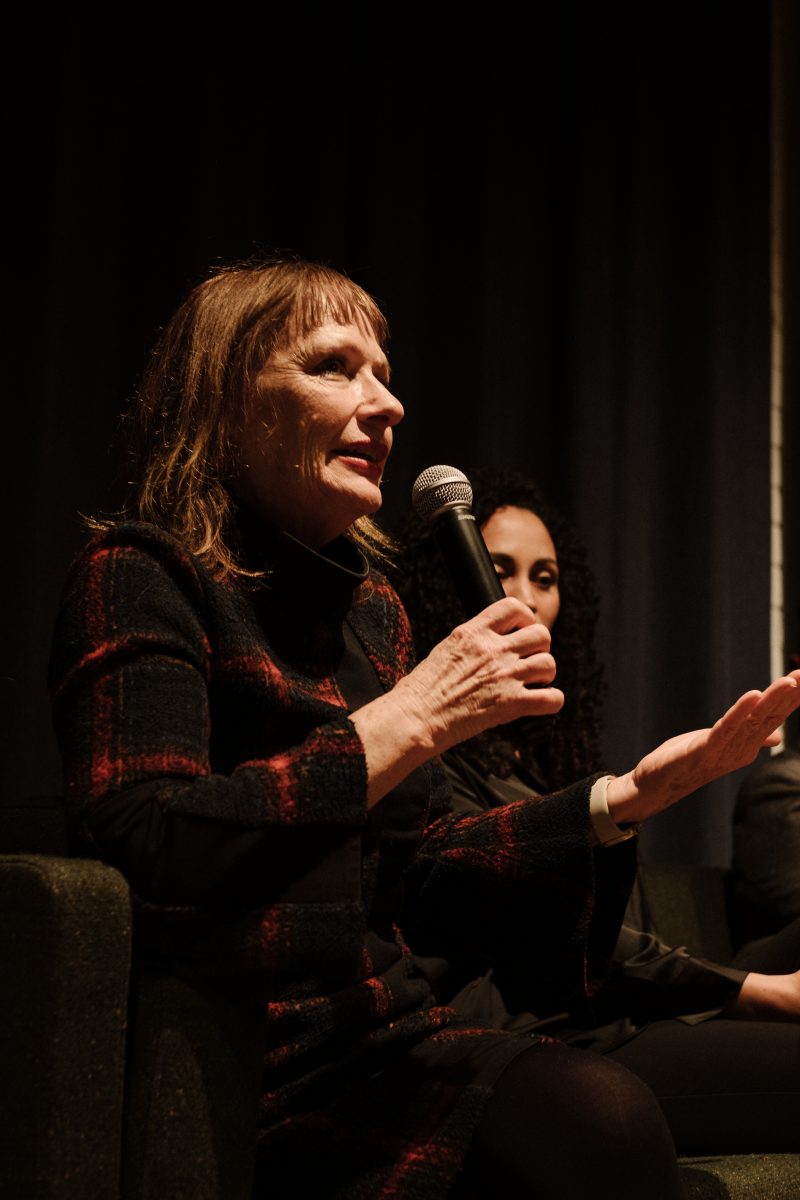
“We’re hopeful about wider roll-out of our model and we’re speaking to government to see if it can be scaled up in the future because it’s needed and it’s quite preventative.“
Jeanette Large, CEO and Founder of Women’s Property Initiative
Sophie: Recently I’ve been learning about how form is following finance. We know these projects are innovative and have proven to be successful, but they are dependent upon capital flows behind them.
Mary, you are currently working across different roads of investment into housing. Did you want to tell us about how we help capital move into housing and to make sure that there are positive outcomes?
Mary: Institutional capital can move big projects and fast – but housing is tricky and sticky.
Superannuation is a social movement that was designed to be able to give dignity in retirement to the masses. It should play a role, and it is trying to understand how to play a role, in what housing looks like in constant with that dignity. If you think about superannuation, it is your deferred wages. It’s wages that you’ve given to a fund, you want them to be doing what is right with your money and that money needs to work hard – so it can’t be philanthropic. What we are seeing here is that there’s a bit of a gap between needing to accelerate housing projects at scale and needing to take risk on money that you’ve put aside for your retirement. The question here is: what can we do to kind of ease that friction?
To get big cheques written and sizable chunks of money into potential housing projects, there are steps that need to be taken and we need some extra plumbing sorted out in between. At Super Housings Partnerships, we exist to provide some of that engineering work as an intermediary between the development sector, institutional funds and housing opportunities like the ones discussed on this couch tonight.
“We need institutions and superannuation funds to turn their eyes “up the river” and start attacking the system that is making this problem happen in the first place – and big money can do that.“
Mary Delahunty, former Head of Impact at Super Housing Partnerships
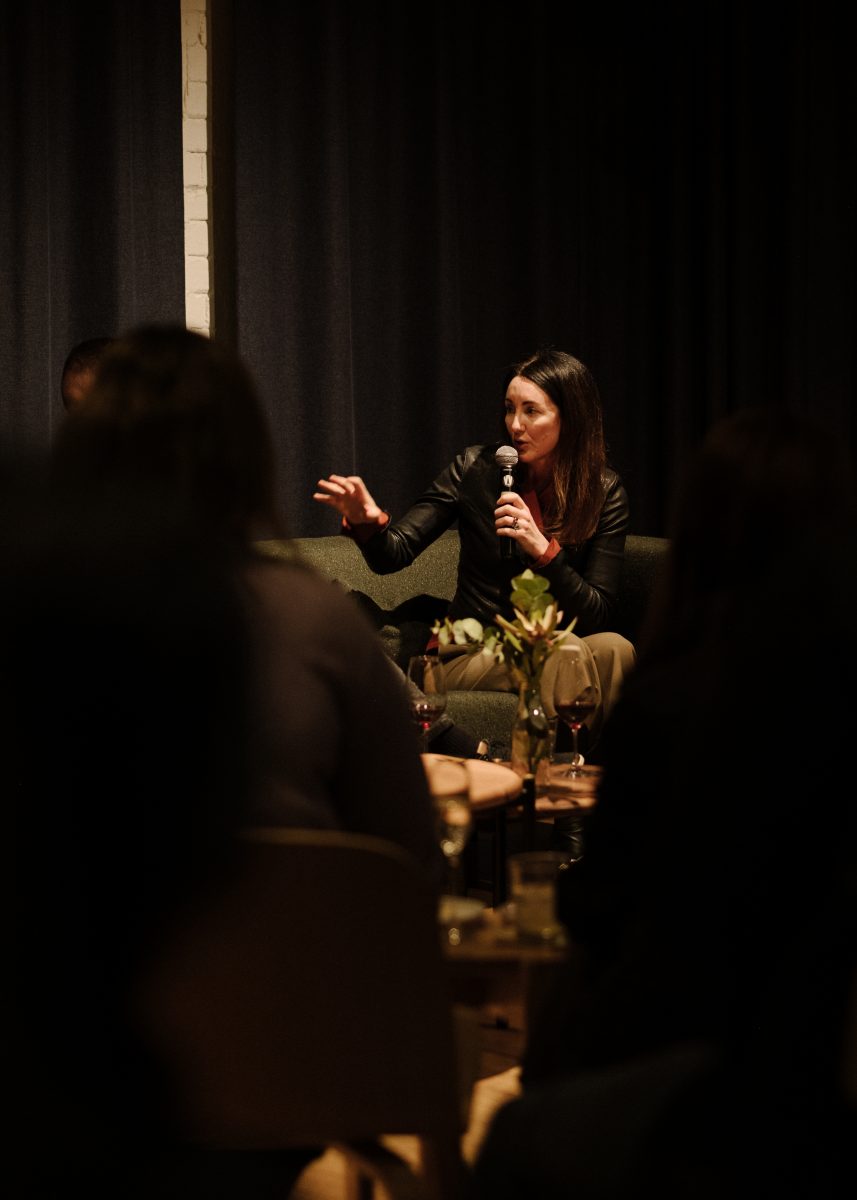
A life-changing quote by Desmond Tutu says, “there comes a point where we need to stop just pulling people out of the river [and where] we need to go upstream to find out why they’re falling in”. Every one of these projects on this couch is pulling people out the river that they should never have fallen in in the first place. In Australia, the people that we’re pulling out of the river are predominantly women that have given up their working lives to give economically to a country that has completely financially disadvantaged them for doing so. It’s an incredibly urgent predicament and it’s not good enough.
What we need to deliver at scale is for everyone to play a role. We need more philanthropy, then we need more capital that takes risk into impact investment, and then on top of that we need institutional capital. We need all those wheels to come into motion in order to be able to scale some of these opportunities presented on this couch. We need institutions and superannuation funds to turn their eyes “up the river” and start attacking the system that is making this problem happen in the first place – and big money can do that.
I quite like working with superannuation because people will listen when we talk, whereas my genuinely good colleagues here will be screaming at the clouds for years about the changes that need to happen. When you gather a group of big funds and they talk about changes that are needed at a system level, those changes can be done more readily and can translate to real systemic change. There are so many complexities to housing, and you need the money to do the talking as well as be the investment.
To continue reading, please find Part II of Redesigning the Housing System here.
This editorial was produced from a satellite event as part of Melbourne Design Week 2023, an initiative of the Victorian Government in collaboration with the National Gallery of Victoria.
Assemble Papers would like to extend our thanks to our participants, those who attended, the creatives involved in the event production, and the venue of Cassette in Kensington for playing host to our event.
